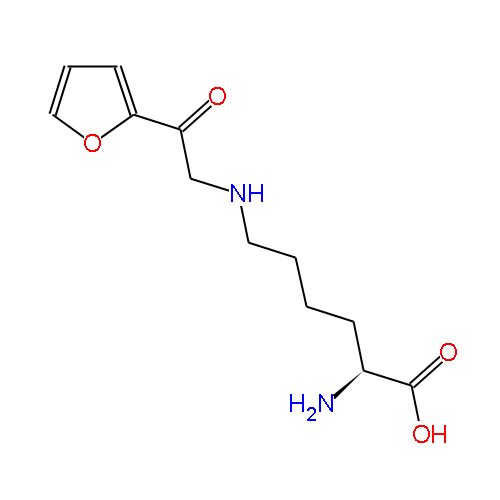Soybean drink, commonly known as “soy milk”, has become very popular in the West in the past decade. These days you can find a great selection of many different brands of soy milk products in virtually every supermarket. This popularity is largely due to the fact that soy milk is seen as a healthy product. Many of the health benefits of soy are derived from its [tag]isoflavones[/tag] which, as illustrated by the more than 1700 scientific publications, may reduce heart disease risk, protect against prostate problems, improves bone health and other benefits. Soy is also a safe for individuals suffering from lactose intolerance, or who (like me) allergic to cow’s milk.
It is believed that soy milk invented in China about 164 BC by Liu An of the Han Dynasty who is also credited with the development of “Doufu” (soybean curd) which 900 years later spread to Japan where it is known as “tofu”. Traditional soy milk, a stable emulsion of oil, water and protein, is simply an aqueous extract of whole soybeans. The liquid is traditionally produced by soaking dry soybeans, and grinding them with water. Modern commercial processing has introduced a heat treatment step to reduce the levels of microorganisms present, increase the digestability of the proteins and improve the nutritional value.
During the heating process carbonyl groups of sugars react with amino groups of amino acids and peptides forming a variety of products. The products of this, so-called, Maillard reaction contribute to flavor, aroma, and color of soy milk. In some cased they may improve the quality, in others diminish. Food chemists have been using Maillard reaction to create artificial flavoring.
One particular Maillard product is formed in foods by the reaction of glucose with the amino acid lysine. It undergoes hydrolysis to fructosyllysine which, in turn, rearranges to furosine (epsilon-N-2-furoylmethyl-L-lysine):

The formation of furosine in many types of food is seen as a measure of protein quality, since it reflects the amount of lysine residues in the food proteins that have been degraded by reaction with glucose.
An ion pairing HPLC assay is well established method of measuring furosine in a variety of foods, but not for soy-based drinks. However, spanish research scientists from the Institute of Industrial Fermentations in Madrid created a ion-pairing HPLC method based on existing capillary zone electrophoresis (CZE) one.
Continue to Soy Milk, Good or Bad? HPLC vs CZE – Part 2
One Response to “Soy Milk, Good or Bad? HPLC can tell – Part 1”
Leave a Reply to Ahmad Kalbasi
Tag Cloud
-
adsorbent
benzene
china
chlorophyll
chromatographic
chromatography
column chromatography
CZE
DESI
electromagnetic induction
electrospray
ELISA
eluent
explosives
forensic
furosine
Gas Chromatography
GC/MS
History
HPLC
IC
isoflavones
lab-on-a-chip
LCMS
maldi tof
Mass Spectrometry
microfluidic
nano
Nano HPLC
nanoliquid
nanoscale
nanostream
nanotechnology
nanotubes
News
organic molecule
protein
Rickettsia
rmsf
rocky mountain spotted fever
science
soy
TCM
ticks
tsvet



Dear Gentlemen,
I realized that you are involved with HPLC analysis of various compounds including Furosine ( 2- furoyl â?? medthyl â?? lysine).
Would it be possible to tell me how cam I prepare this compound for HPLC analysis of a food material containing soybean? Thank you for your cooperation.
Best regards
Ahmad Kalbasi, Ph.D.